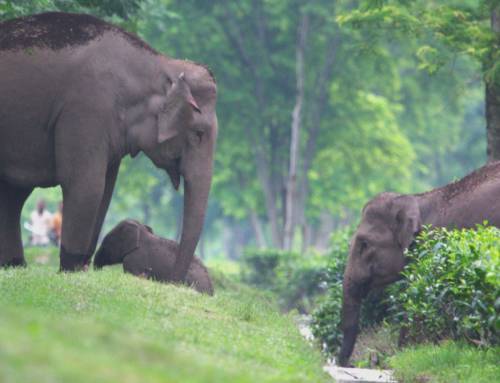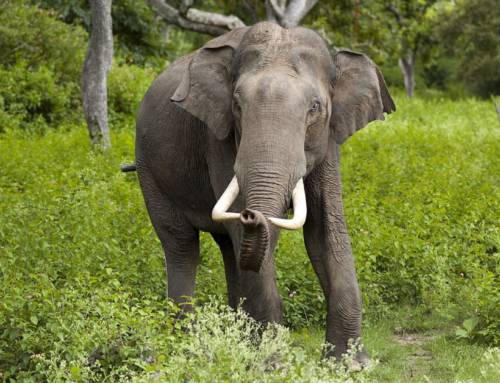Blog Author: Dincy Mariyam
Key Highlights:
- Understanding man-animal connections require multidisciplinary approaches that go beyond current quantitative methodologies.
- Scientists interviewed various stakeholders in a village in the western Himalayas to understand the impact of culture, and personal experience and knowledge on human-leopard interactions.
- The narrative depicts leopard (Panthera pardus) as a thinking being with whom man must continually negotiate space and resources.
- Findings suggest that religious beliefs can be a double-edged sword for leopard conservation.
- Human-human conflict, according to the authors, is the basis of human-animal conflict, and this might influence how humans perceive animal behaviour.
Human-animal interactions are complex and understanding them necessitates nuanced approaches. However, quantitative methodologies are frequently used, whereas ethnographic narratives that provide in-depth knowledge about humans and animals that have historically shared space are little explored. These methods are particularly useful in the case of large carnivores, such as leopards who often share space with humans, to promote coexistence. They help scientists to go beyond the quantifiable losses that people face due to these animals, which are often portrayed in a negative light and instead unpack the many ways in which people show tolerance and positive behaviours or emotions towards large carnivores.
In a study published in People and Nature, scientists from the Centre for Wildlife Studies, Wildlife Conservation Society, Norwegian Institute for Nature Research, and Himachal Pradesh Forest Department conducted in-depth interviews with various stakeholders from a village in the Hamirpur district of Himachal Pradesh to better understand the factors that influenced leopard-human relationships. The stakeholders included villagers, shepherds, horse-loggers, and forest department officials.
The narratives suggest that most leopard interactions rarely resulted in human casualties. The stakeholders viewed the leopard as a creature capable of thinking, learning, and responding to different situations. The villagers were seen to engage in active negotiation with the leopard in order to reduce economic loss and get access to common resources. The authors reflected on how most studies that examine people’s relationships with leopards focus on the ‘L’eopard (with a capital L), which reports the objective or factual reality of losses. They dug deeper to examine people’s interactions with the ‘l’eopard (with a lowercase l), which also strove to understand the subjective reality of human-leopard interactions. The way in which leopards are perceived is different for each person, and the authors highlight the nuances of stakeholder perceptions towards leopards through their stories and beliefs.
The scientists observed that while religion in a favourable view can be helpful for carnivore conservation, the demand for leopard parts owing to the belief that they will provide people with protection might contribute to hunting and poaching of leopards. They suggest that simply being aware of the illegality of possessing animal parts is insufficient to change behaviour influenced by socio-cultural norms.
Often human-wildlife conflicts are a result of human-human conflicts. Authors say this in response to a widely circulated modern-day myth that the Forest Department releases “domesticated” (most often translocated) leopards in the landscape to keep villagers out of forested areas, hinting at a tumultuous relationship with higher authority. This distinction of leopards as “domesticated” and “wild” demonstrates how people view animal behaviour in various situations. The scientists urge to go beyond existing ecological and socio-economic approaches for a better understanding of human-animal relationships and the necessity to identify specific socio-cultural environments while developing conservation frameworks.




